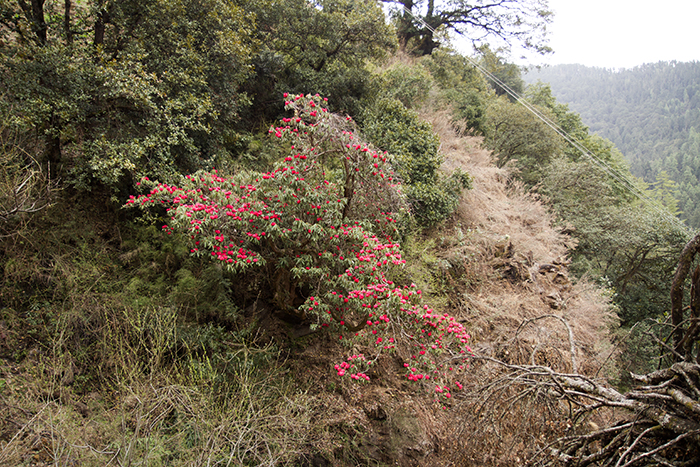I am sure I have said so before.
When I travel, I still marvel at the architectural, natural and historical sites that I visit – those are usually the reasons why I travel to a particular place.
However, more and more, it is the people I meet, and those I just accidentally cross paths with, that I remember and who make the places I go to most memorable. In that respect, Bhutan is no exception. We saw, and met, and crossed path with wonderful people everywhere and only very few of these are represented in the photographs that follow.
We were scheduled to attend at least one day of the Paro Tsechu, and annual festival held just outside the Paro Dzong. What we did not expect was to happen onto another festival in a small temple near Wangdue. As we approached, we heard music, and what we saw after that was pure magic. I will do my best to try and share these with you in the next photos – there are a few more than my usual posts, but I am sure you will agree with me that this was worth it.
Coming back from one of our very firsts walks, we ran into two school girls going home after class. They were very impressed by the fact that they ran into foreigners I believe, but what I like the most about these is the expression of Lebo in the first and Kipchu in the second picture.
In another village in the Haa Valley, we ran into an old couple doing work in their “garden”. They stopped briefly to look at us go by than he went right back to work.
In the same village, we ran into this lady petting he puppy in the local temple.
A constant theme for the whole trip was the devotion and superstition of the people we encountered. We ran into several people who were walking with these “contraptions” which had been blessed at the temple and were to be located around the village to ward off evil spirits.
We went to the Farmer’s Market in Thimphu, which is an incredible mixture of sights, sounds and smells! This lady had a great selection of vegetables of all different colours – however she was unimpressed by the fact that I was taking her picture …
Her attitude changed once her friends started to clown around to have their picture taken. Look at her smile now.
 Continue reading “Bhutan 4 – The People and the Festivals”
Continue reading “Bhutan 4 – The People and the Festivals”
(1474 Page Views)






















